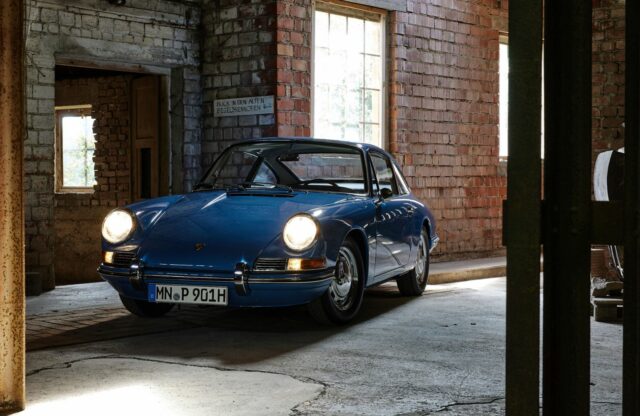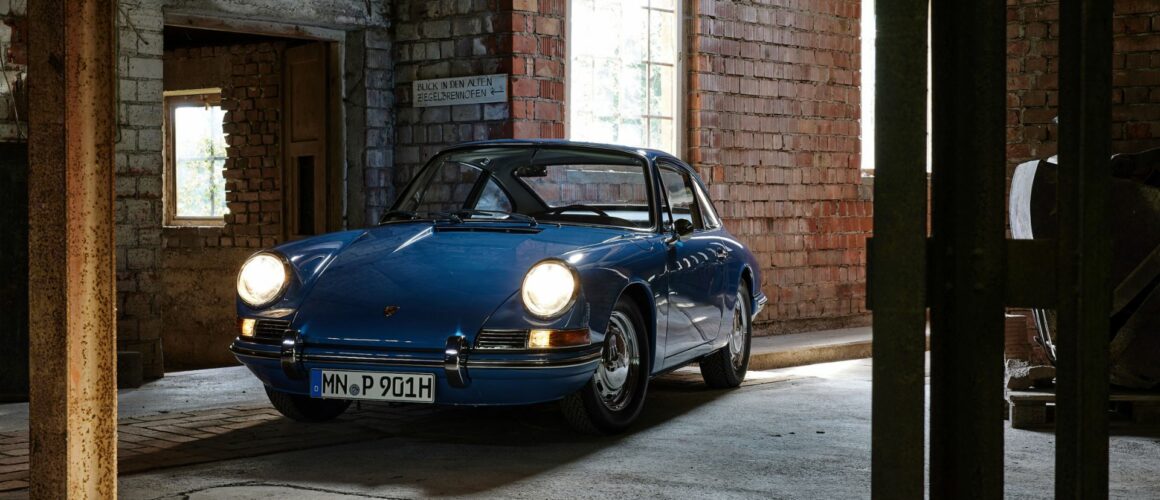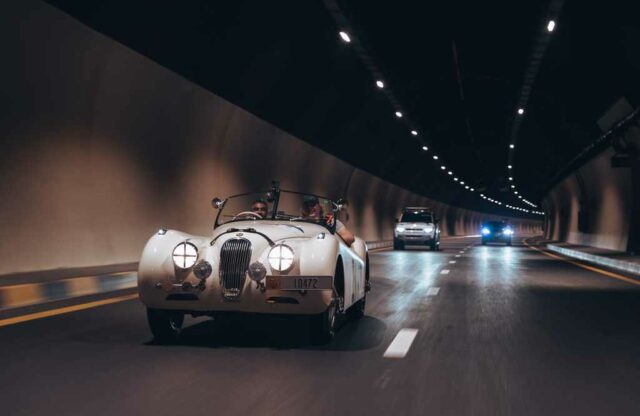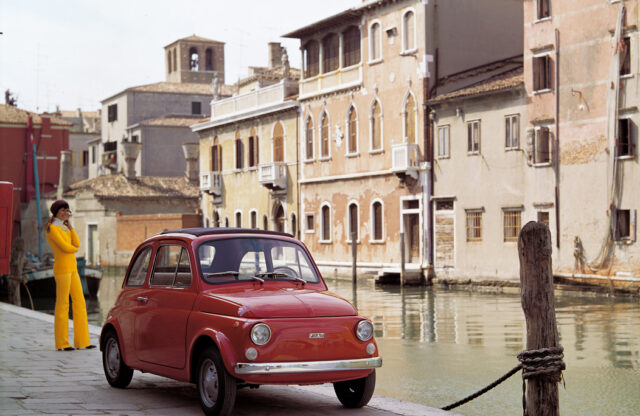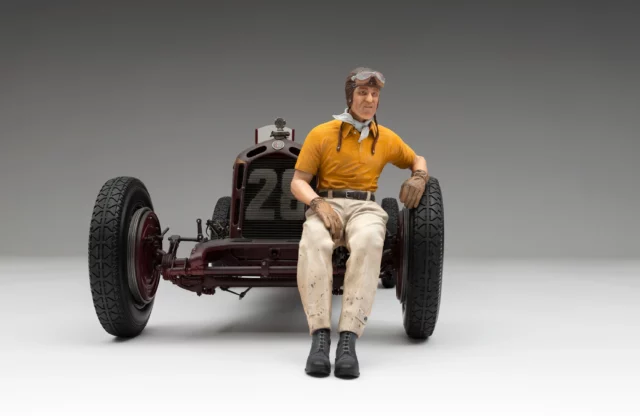WORDS: JOHN TALLODI | PHOTOS: PORSCHE
The Porsche 901 was unveiled to the public at the 1963 Frankfurt Motor Show. Designed to be a step up from the flat-four 356 in every area, and styled by Ferdinand ‘Butzi’ Porsche, it ended up becoming one of the most iconic sports cars in history. But first its name had to change; Peugeot already had the rights to the zero-in-the-middle three-digit format, so Porsche added a number and the 911 was born.
This article first appeared in Magneto issue 2.
The very first cars went on sale in 1964. Initially powered by an overhead-cam 2.0-litre flat-six, the 911 proved to be a spirited if somewhat tail-happy performer. In true Porsche style, a series of incremental upgrades were carried out, and within five years, the longer-wheelbase B series model had been introduced to quell the snappy on-the-limit behaviour. The range had also expanded to include a Targa, a semi-automatic Sportomatic model and a variety of engine outputs ranging from 110-170bhp. The more powerful E and S models even had fuel injection by 1969. That year also heralded the end of 2.0-litre production, with subsequent models receiving ever-increasing engine capacities.
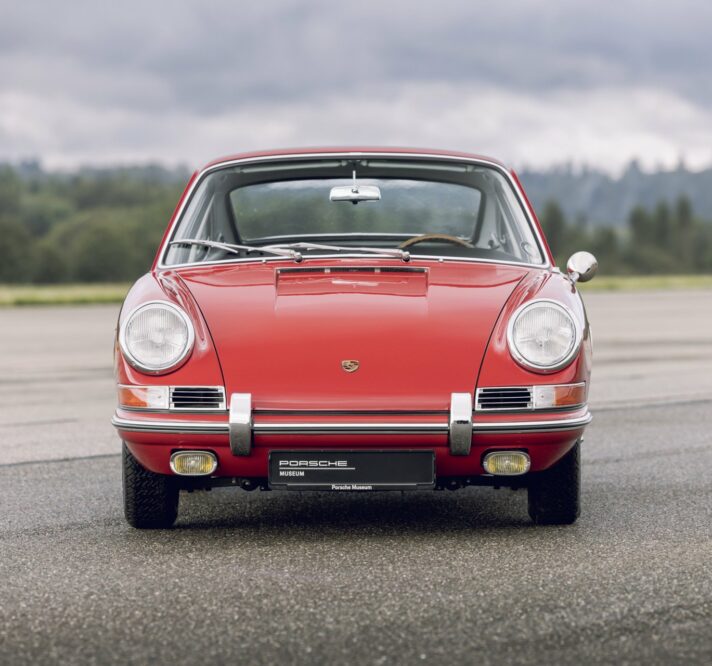
A largely original matching numbers car will often command the highest prices
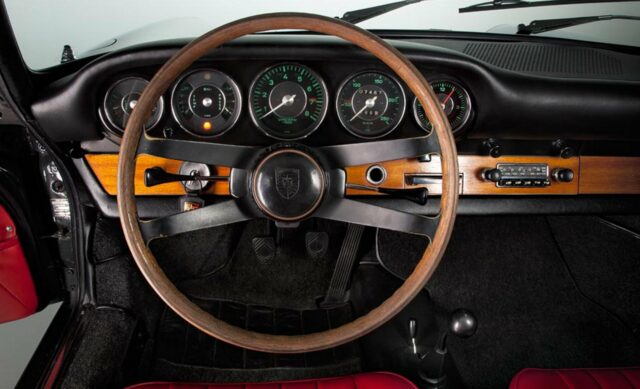

THE VALUE PROPOSITION
The market for these early 911s has been on a mainly upward trajectory for some time now. Sustained interest in air-cooled 911s, and especially these pre-impact-bumper variants over the past ten years, has seen prices rise across the board – but there is still a lot of variability based on models and overall condition.
Mix-and-match cars that have components sourced from different model years can generally be found for less than their matching-numbers counterparts. However, be sure to insist upon evidence of at least a partial service and maintenance history, as not all modifications were carried out to the same standards. The demand for modified 911s has been on the rise, and younger owners are less fussed about keeping everything as the factory intended.
“The rise of the Porsche-modding community spearheaded by people such as Magnus Walker and Singer has opened up 911s to a whole new generation of car fans,” says Mick Pacey, owner of independent Porsche specialist Export 56. He still baulks at the idea of chopping up a rare, matching-numbers car, but there are plenty of tired, non-original 911s. Still, for the earliest cars in particular, the market trend is for originality – or Historic motor sport.
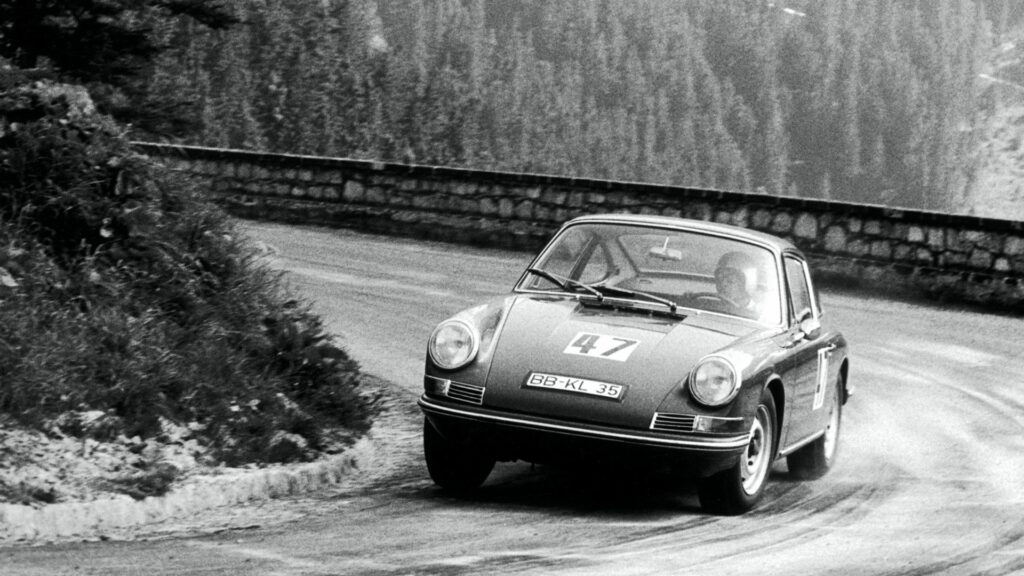
THE DESIRABILITY FACTOR
Despite this being the very first 911, Porsche wasted no time in offering customers a wide array of options. While any well cared-for example is valuable today, some variants are particularly favoured by collectors. Not every model is a sure-fire winner, though; Mick says that the Sportomatics are a bit of a challenge to drive, especially in heavy traffic, and many have been converted to manuals over the years.
As a general rule, the Targas trail the coupés by around ten percent, and cars fitted with the Sportomatic transmission are much less desirable than the manuals. The base T models tend to fetch 20 percent less than the mid-range Es, while the S variants enjoy a ten to 15 percent premium again. Right-hand-drive cars are extremely rare, and can often sell for 20 percent more than their LHD counterparts.
While the more powerful E and S manual coupés still command a premium, even a mint-condition base four-cylinder 912 can be a high-value car these days. One model that has always been particularly prized is the very rare 1967 911R; producing 210bhp from a racing-spec 2.0-litre motor and featuring a fibreglass body, only 20 are thought to have been made.
Of the mainstream models, most people default to the range-topping 160bhp 911S. Mick says that the mid-range E variants can be a better drive thanks to their less fussy low- end power delivery and broadly similar performance. Only the very last 1969 model-year E and S models received fuel injection, so they are far rarer than the earlier carb-fed models, but once again they may not always be worth the extra expense.
While virtually every early 911 has by now undergone at least a partial restoration, a largely original, matching-numbers short-wheelbase car with low mileage will command the highest prices. Many examples have been through multiple owners – and as a result may have suffered from deferred maintenance and neglect – so a traceable history is pretty valuable, too. In more recent years, 2018 saw the introduction of the 2.0L Cup for pre-1966 911s. Started by Porsche specialists Lee Maxted-Page and James Turner, it caters for the earliest short-wheelbase cars, and it’s proven to be extremely popular with competitors and spectators alike. The race series has already had a positive effect on values, especially for cars that are less than perfect, as competitors will be more inclined to compete in non-concours examples.
As a guideline, a matching-numbers 1968 911S can command around £200,000, while a similar-condition 911T may fetch only half that. Properly sorted, race-prepped cars are no less pricey, and the very early 1964 cars tend to be the most valuable of the lot.
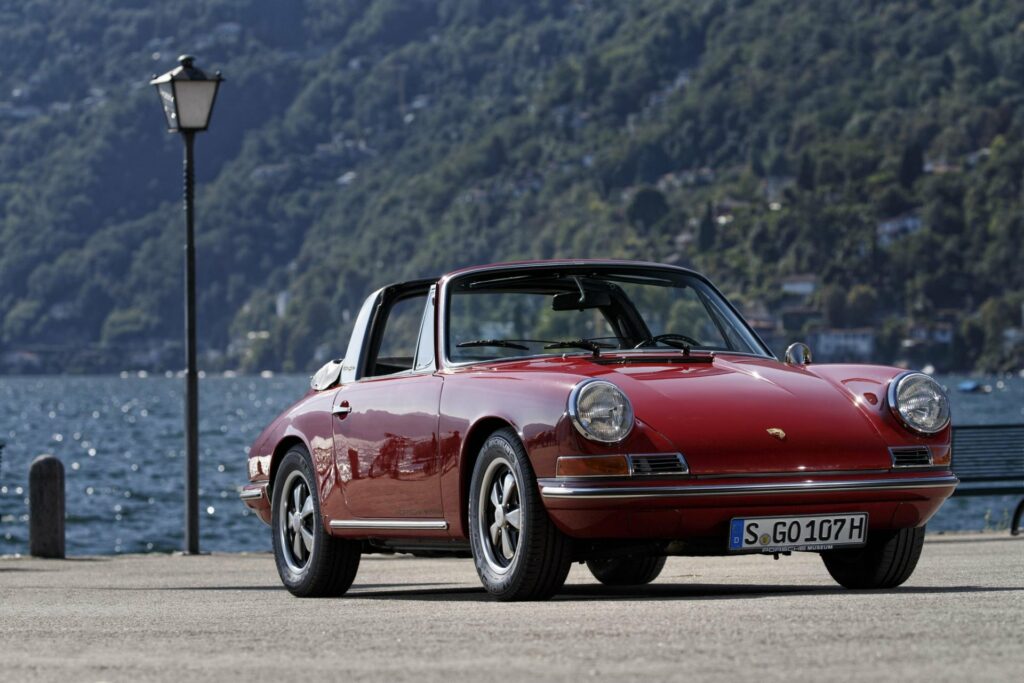
THE NUTS AND BOLTS
There was a time, not that long ago, when a ground-up restoration just wasn’t financially viable, so look out for patchy rebuilds and poorly executed repairs. For most owners who have neither the time nor the inclination to get personally involved, entrusting a specialist to sort out their car is the best route to take. Mick says a complete nut-and-bolt restoration can run to as much as £140,000; fine if you pick the right car, but spending that much on a Targa Sportomatic is not advisable. It’s therefore worth knowing what to look for when assessing a potential purchase.
Rust is one of the biggest problems on these early cars. Fully galvanised 911 bodyshells weren’t introduced until 1976, and after 50-plus years even the most pampered example may be showing signs of rot. Common trouble spots include the inner and outer wings, front crossmembers, sills, jacking points and around the front and rear windscreens.
Just about every early flat-six motor tends to leak a bit of oil; if you don’t find a few drops on the garage floor, then it has most likely run dry. Excessive leaking should obviously be attended to, but unless the engine pressure is low, and the car is smoking under hard acceleration, a full rebuild isn’t always necessary. Both carb and fuel-injected models need to be set up properly to give their best, and once again a specialist is best placed to get everything running as it should.
The early gearboxes can suffer from worn bearings and synchro rings. Due to the modular nature of these cars some owners may have fitted newer components, but even the original ’box should shift sweetly if not with the most accuracy between changes. Period-correct engines and gearboxes are getting harder to source – something clients looking to compete in the 2.0-litre race series should bear in mind.
If the car feels especially wayward under hard braking or cornering, then check the suspension for worn bushes and incorrect or old tyres. The earlier short-wheelbase cars do need to be treated with a bit of circumspection when driving with any degree of enthusiasm. Getting the trim back to original spec can be a tricky proposition, because numerous changes were carried out over the years. Parts are available, but if originality is what you seek, things can get expensive.
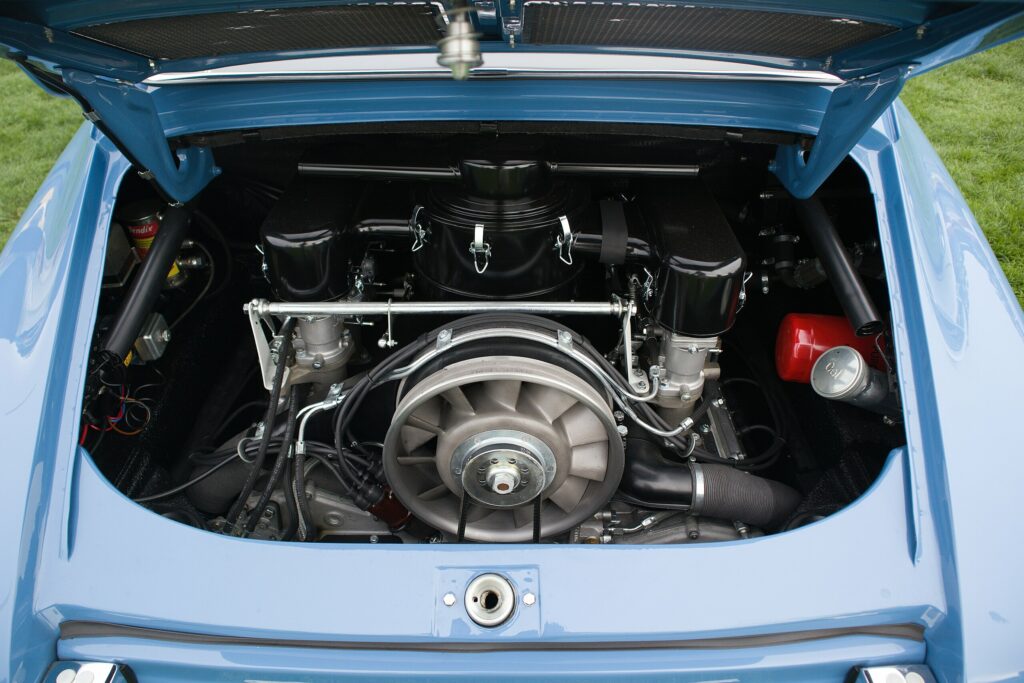
THE FINAL DECISION
Demand for these early 2.0-litre cars has been strong for some years now. Their styling, untainted by later performance and regulation requirements, has a timeless appeal, and well sorted examples offer the kind of pure, immersive 911 driving experience that has been slowly but systematically engineered out of each successive generation. Enthusiasts who are after that raw, untainted 911 experience need look no further; this is where the legend started. Professionally modified examples can offer a more modern driving feel without diluting that distinctive early-911 vibe, and can be the ideal choice for more regular use. Collectors looking to add to their fleet are also well catered for. Values have climbed steadily though levelled off lately, and there are plenty of specialists out there who can help ensure that your 911 looks and drives at least as well as it did when it left the factory.
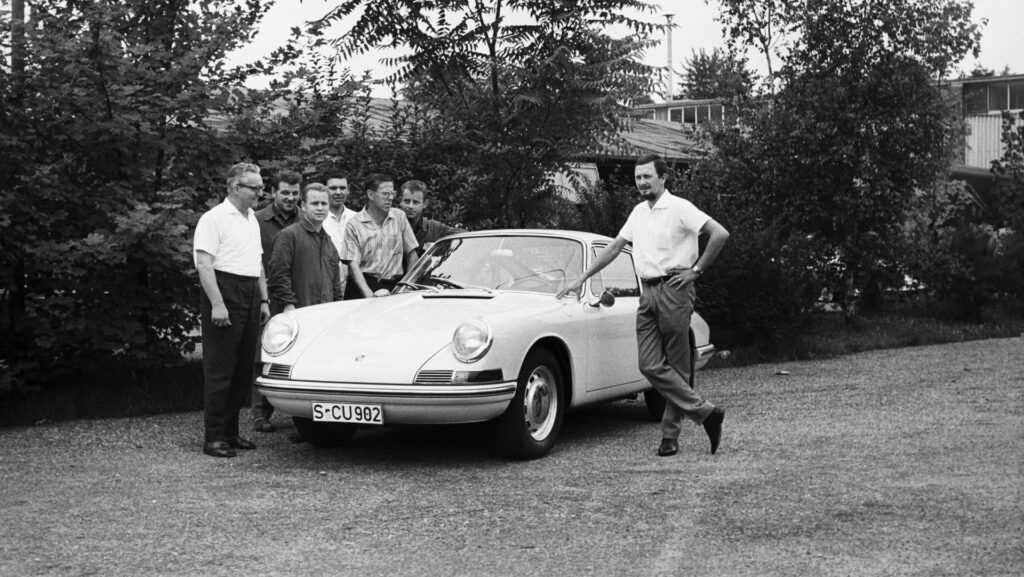
THE DETAILS
1964 911
ENGINE: 2.0-litre flat-six
POWER: 130bhp
TOP SPEED: 134mph
0-60MPH: 9.0sec
1966 911S
ENGINE: 2.0-litre flat-six
POWER: 160bhp
TOP SPEED: 137mph
0-60MPH: 8.0sec
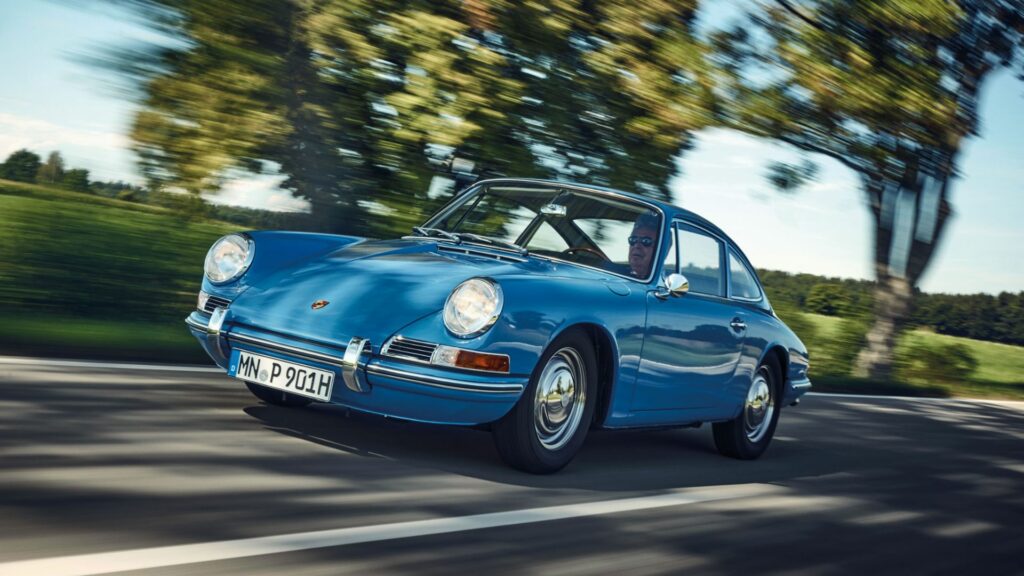
PRICING (US)
1964 2.0-Litre Coupé
FAIR: $250,000
GOOD: $485,000
CONCOURS: $1.35m
1967 2.0-Litre S Coupé
FAIR: $135,000
GOOD: $192,000
CONCOURS: $335,000
1969 2.0-Litre S Coupé (LWB)
FAIR: $93,000
GOOD: $160,000
CONCOURS: $225,000
1969 2.0-Litre E Coupé
FAIR: $46,000
GOOD: $85,000
CONCOURS: $159,000
PRICING (UK)
1964 2.0-Litre Coupé
FAIR: £56,700
GOOD: £79,000
CONCOURS: £136,000
1967 2.0-Litre S Coupé
FAIR: £81,100
GOOD: £116,000
CONCOURS: £207,000
1969 2.0-Litre S Coupé (LWB)
FAIR: £57,500
GOOD: £66,000
CONCOURS: £113,000
1969 2.0-Litre E Coupé
FAIR: £57,500
GOOD: £66,000
CONCOURS: £113,000
